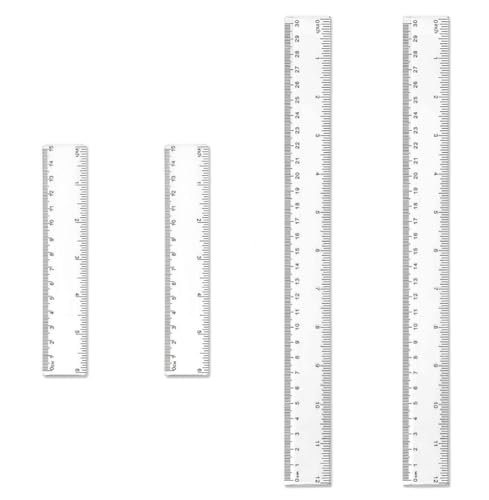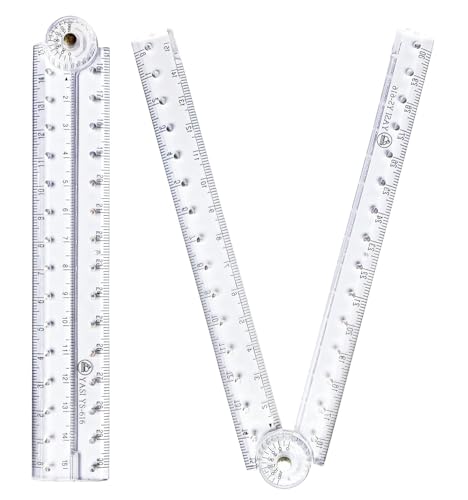What is the Accuracy of a Ruler?
A ruler is a common measuring tool used in various industries and everyday life. It is designed to provide an accurate measurement of length or distance. However, it is important to understand the limitations and factors that affect the accuracy of a ruler.
Factors that Affect Ruler Accuracy
Several factors can impact the accuracy of a ruler. First and foremost is the quality of the ruler itself. The ruler must be made from a durable and stable material, such as steel or aluminum, to ensure that it does not warp or bend over time. Additionally, the markings on the ruler must be precise and easy to read.
The craftsmanship of the ruler plays a significant role in its accuracy. If the ruler is poorly made, it may have uneven or inconsistent markings, leading to inaccurate measurements. The accuracy of the ruler can also be impacted by wear and tear. Over time, the markings may fade or become less distinct, affecting the overall accuracy of the ruler.
Another factor that affects ruler accuracy is the user’s technique. The ruler needs to be properly aligned and positioned on the object being measured. Any deviation in angle or alignment can result in an inaccurate measurement. The user must also ensure that the ruler is held securely and does not shift during the measurement process.
Measuring Small Distances with Precision
In certain industries, such as engineering and manufacturing, precision is crucial. When measuring small distances, the accuracy of a ruler becomes even more important. In these cases, specialized rulers with smaller increments, such as micrometers or calipers, are often used.
These tools provide a higher level of accuracy and precision compared to traditional rulers. They are designed to measure fractions of millimeters or even smaller units. The markings on these rulers are typically laser-etched or stamped, ensuring clear and accurate measurements even at small scales.
Calibration and Certification
To ensure the accuracy of rulers used in industries where precision is critical, calibration and certification processes are often implemented. Calibration involves comparing the measurement readings of a ruler to a known standard to determine its accuracy. If any deviation is detected, adjustments or repairs are made to bring the ruler back to the desired level of accuracy.
Certification is used to verify that a ruler meets specific standards and requirements. This certification is often issued by accredited organizations or laboratories that specialize in measurement and calibration. By obtaining a certified ruler, industries can have confidence in the accuracy of their measurements.
Verifying Accuracy and Maintaining Ruler Precision
Even with high-quality rulers, regular maintenance and verification are essential to maintaining accuracy. Rulers should be stored in a safe and clean environment to avoid damage or distortion. It is important to periodically check and verify the ruler’s accuracy against a known standard and make any necessary adjustments if deviations are found.
If a ruler becomes damaged or worn, it should be replaced to ensure accurate measurements. Users should also handle rulers with care, avoiding any rough or excessive force that could potentially affect their accuracy. By following these practices, the accuracy and reliability of rulers can be maintained over time.






